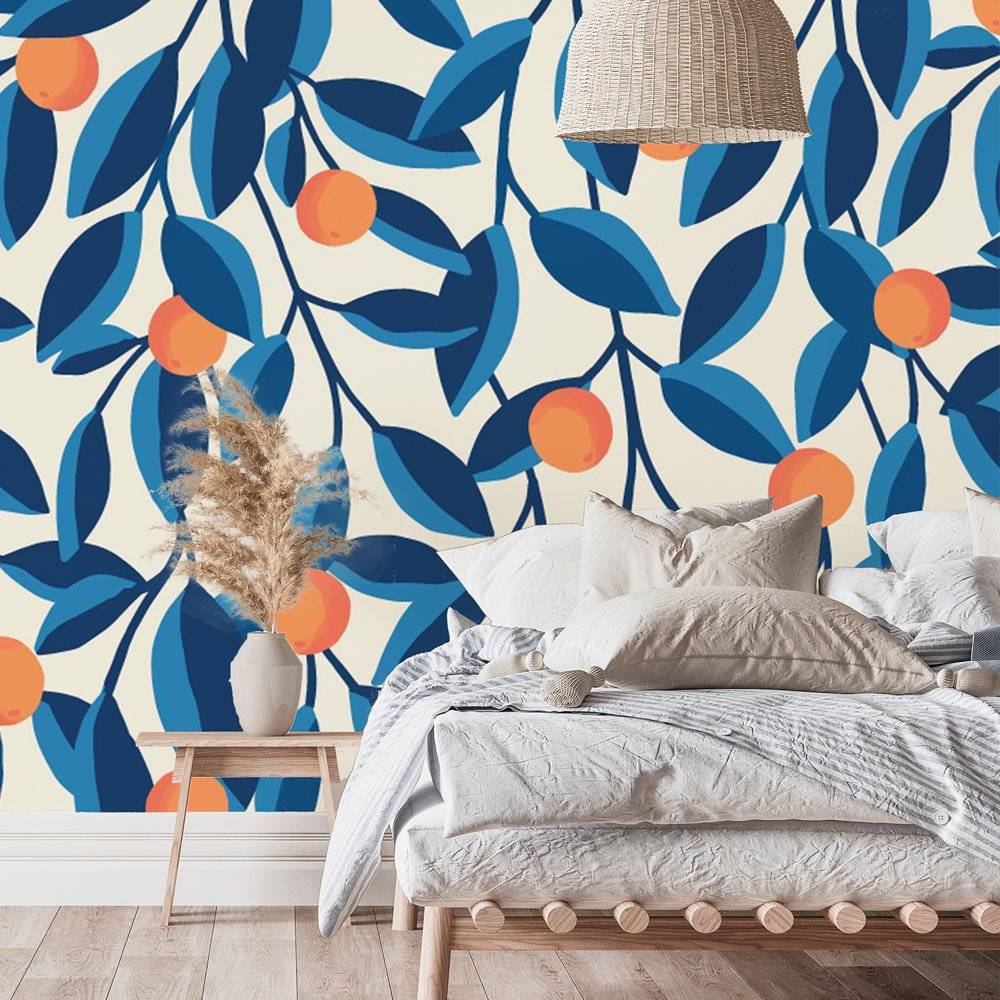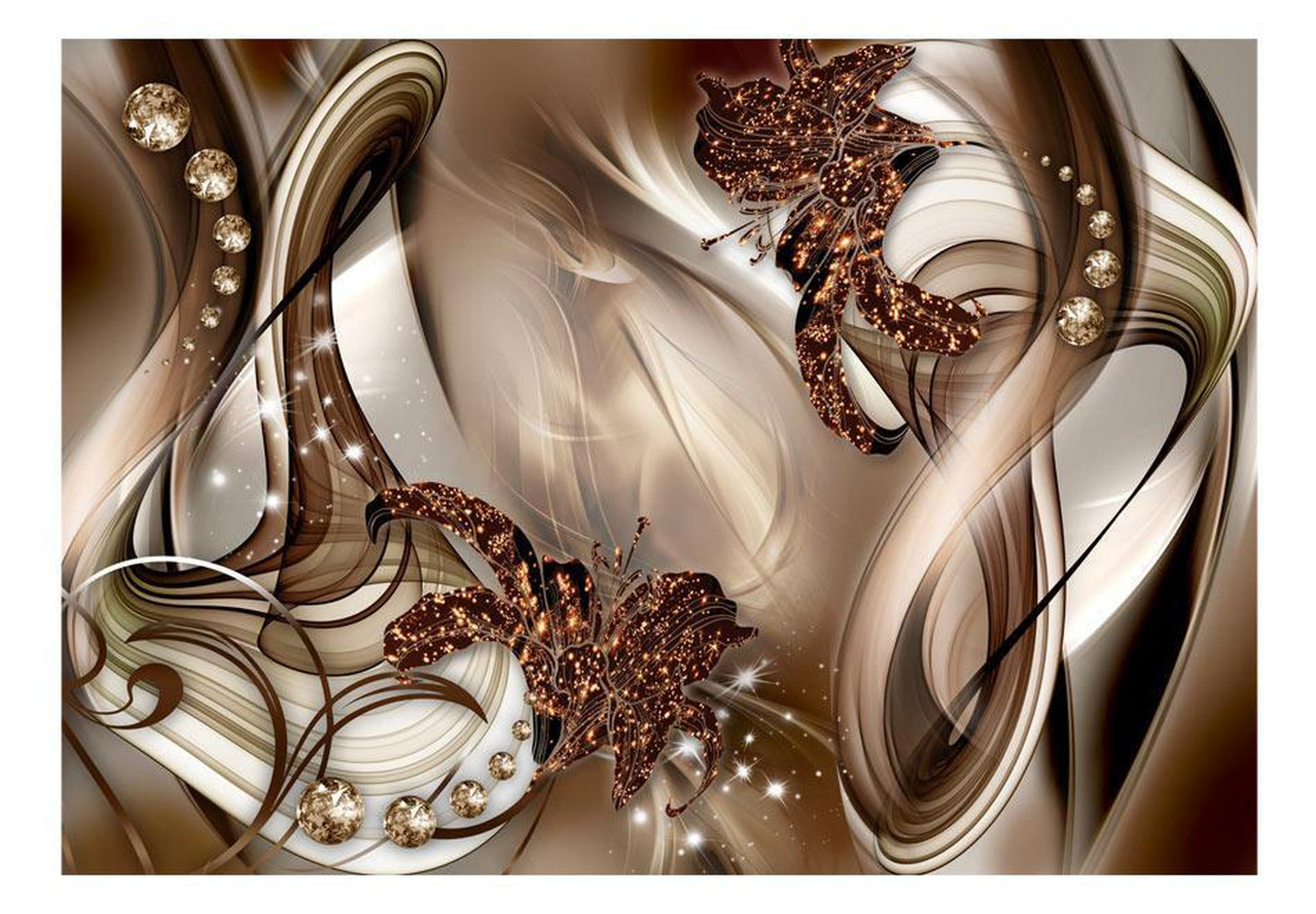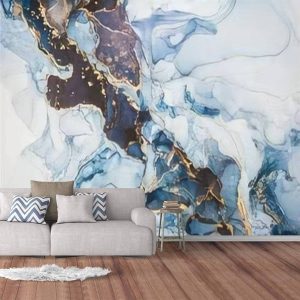Peel and stick murals are a fantastic way to add personality and style to any room. They are easy to apply, removable, and come in a variety of designs. However, installing them on curved or angled walls can be a bit tricky. This guide will walk you through the process, ensuring a smooth and professional finish.
II. Tools and Materials Needed
Before you start, gather all the necessary tools and materials. Having everything on hand will make the installation process smoother.
Essential Tools:
- Utility knife
- Squeegee
- Level
- Measuring tape
- Pencil
Recommended Materials:
- Peel and stick mural
- Primer
- Spackle
- Sandpaper
III. Preparing the Wall
Proper wall preparation is crucial for a successful installation. Follow these steps to ensure your wall is ready:
- Clean the Wall Surface: Use a damp cloth to wipe down the wall, removing any dust, dirt, or grease.
- Sand and Smooth: If there are any imperfections, use sandpaper to smooth them out. Fill any holes or cracks with spackle and let it dry.
- Apply Primer: A primer will help the mural adhere better to the wall. Apply a coat of primer and let it dry completely.
IV. Measuring and Planning
Accurate measurements and careful planning are key to a successful installation.
- Measure the Wall Dimensions: Use a measuring tape to measure the height and width of the wall.
- Plan the Layout: Decide on the placement of the mural. Consider starting from a prominent area or the left side of the wall.
- Mark Guidelines: Use a pencil and level to draw vertical and horizontal guidelines. These will help you align the mural correctly.
V. Cutting the Mural
Cutting the mural into manageable strips will make the installation process easier.
- Pre-cut Strips: Measure and cut the mural into strips that fit the height of the wall.
- Ensure Pattern Alignment: Before cutting, make sure the pattern aligns correctly across the strips.
- Number the Strips: Number the back of each strip to keep them in order during installation.
VI. Installing the First Panel
Starting with the first panel is crucial. Follow these steps for a smooth start:
- Start from the Left Side: Begin from the left side or a prominent area of the wall.
- Draw a Vertical Guideline: Use a level to draw a vertical guideline where the first panel will go.
- Peel and Stick: Peel off a small section of the backing and stick the top of the panel to the wall. Gradually peel off the rest of the backing while smoothing the panel onto the wall.
VII. Working Around Curves and Angles
Curved and angled walls require special techniques for a seamless finish.
- Handle Curved Walls: For curved walls, make small relief cuts along the edges of the mural. This will help it conform to the curve.
- Make Relief Cuts: Use a utility knife to make small cuts in the mural where it needs to bend.
- Smooth Around Curves: Use a squeegee to smooth the mural around the curves, ensuring there are no air bubbles.
VIII. Dealing with Obstacles
Walls often have obstacles like windows, doors, and sockets. Here’s how to work around them:
- Install Around Windows and Doors: Measure and cut the mural to fit around windows and doors. Make precise cuts for a snug fit.
- Handle Sockets: Remove socket covers and apply the mural over the socket. Cut out the socket area and replace the cover.
- Reposition and Adjust: If needed, peel back the mural and reposition it for a better fit.
IX. Smoothing and Trimming
Once the mural is in place, it’s time to smooth and trim it for a professional finish.
- Remove Air Bubbles: Use a squeegee to smooth out any air bubbles. Start from the center and work your way outwards.
- Trim Excess Material: Use a utility knife to trim any excess material at the edges and corners.
- Ensure a Seamless Finish: Check the seams and edges to ensure they are smooth and seamless.
X. Final Touches and Maintenance
After installation, a few final touches will ensure your mural looks great and lasts long.
-
- Inspect for Imperfections: Check the mural for any imperfections or areas that need adjustment.
- Maintain the Mural: Keep the mural clean by wiping it with a damp cloth. Avoid using harsh chemicals.
- Fix Issues: If any part of the mural starts to peel, use a small amount of adhesive to fix it.

Conclusion
Installing peel and stick murals on curved or angled walls can be challenging, but with the right tools and techniques, you can ac hop over to this web-site hieve a professional finish. Follow these steps carefully, and don’t be afraid to take your time. Enjoy your new, stylish wall, and feel free to share your experiences and tips in the comments below!

Meet Hi there! I’m Jason Noon, a passionate Product Consultant specializing in mural design and customization. Welcome to MuralMoxie, where creativity meets craftsmanship. My journey into the world of murals began over a decade ago. I started as a graphic designer, but my love for large-scale art installations quickly took over.




